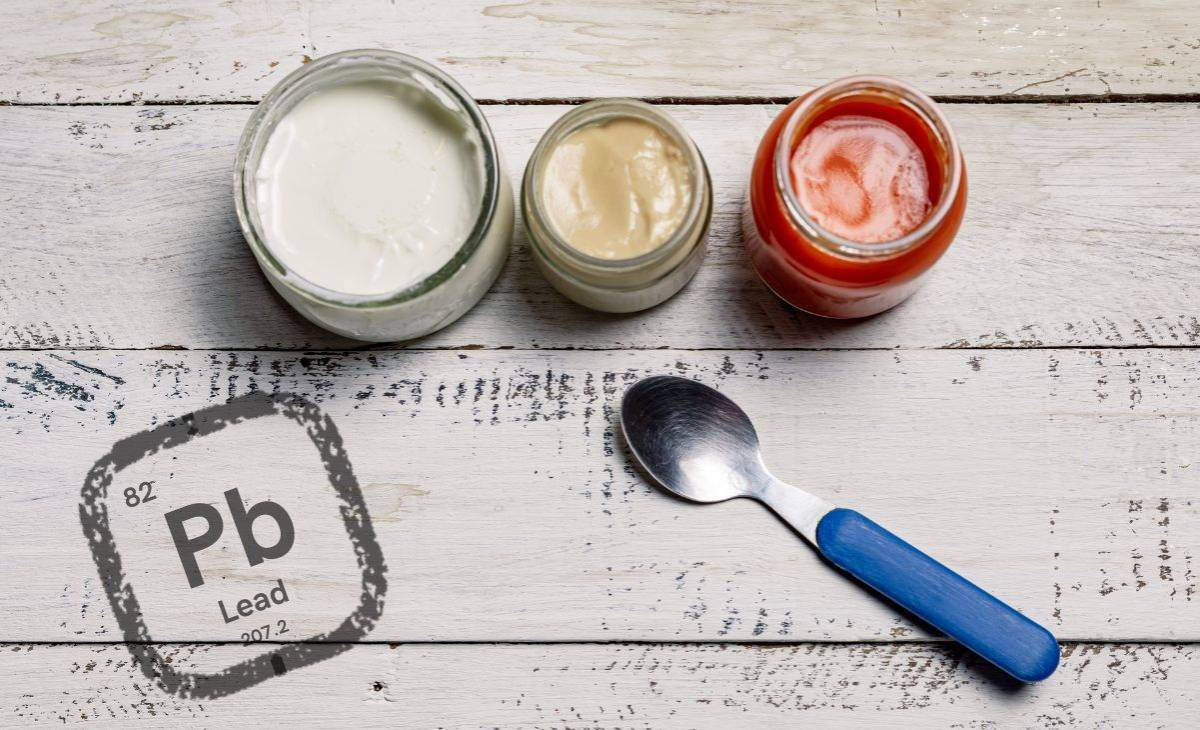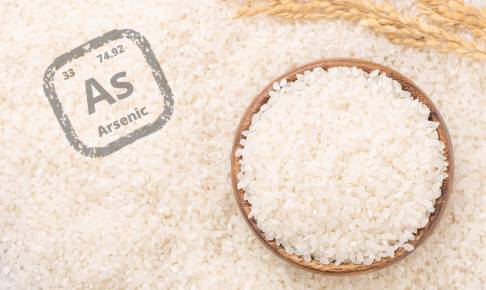FDA is working to reduce lead in food for infants
The US Food and Drug Administration (FDA) has recently published a draft guidance to provide information to the industries on the “action levels” (levels at which FDA may regard a food as adulterated) for lead in processed food intended for babies and young children with the aim of reducing potential health effects from dietary exposure.
Heavy metals, including lead, can cause serious health issues, especially on the young population. In kids, the exposure to lead has been linked to damage to the brain and nervous system, slowed growth and development, learning and behavior problems, and hearing and speech problems.
The new FDA’s guidance is part of the Closer to Zero action plan, which outlines actions that need to be taken to continuously reduce the exposure to toxic elements to the lowest levels possible in food. As the other FDA’s guidance documents, this one is not legally binding, instead, it describes FDA’s current thinking on the topic and should be viewed as a recommendation.
The guidance would set action levels of 10 parts per billion (ppb) for fruits, vegetables (excluding single-ingredient root vegetables), mixtures (including grain and meat-based mixtures), yogurts, custards/puddings, and single-ingredient meats. Higher levels (20 ppb) are proposed for root vegetables (e.g. carrots, sweet potatoes, or beets) and for dry infant cereals.
“The FDA estimates that these action levels could result in as much as a 24 to 27 percent reduction in exposure to lead from these foods,” said FDA Commissioner Robert M. Califf, MD, in a statement. However, according to food safety advocates, including Consumer Reports, although this guidance is an encouraging first step, some of the proposed limits should be lower and more actions are needed (e.g. add other foods, such as teething biscuits and puffs, on the list).
Looking ahead, the FDA will continue to gather data and collaborate with federal partners to set up the scientific basis for establishing Interim Reference Levels for arsenic, cadmium and mercury.
Sources:






















